Peat is molding?
milocrab
12 years ago
Related Stories

EDIBLE GARDENSSummer Crop: How to Grow Blueberries
Plant blueberries in spring or fall for garden beauty through three seasons — and a sweet superfood in summer
Full Story
GREEN BUILDINGThe Big Freeze: Inventors Break New Ground to Keep Things Cool
Old-fashioned fridges can be energy guzzlers, but there are more eco-friendly ways of keeping food fresh, as these global innovations show
Full Story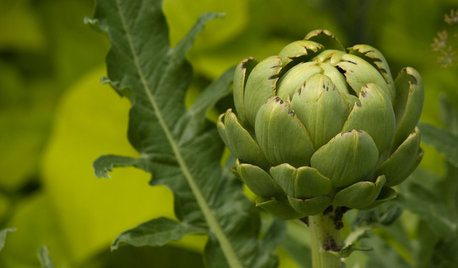
GARDENING GUIDESYour Garden Is Stirring — Here’s What to Do in February
February is a good time to start seeds, shape up shrubs and watch for the earliest blooms. Here’s what to do in your part of the U.S. now
Full Story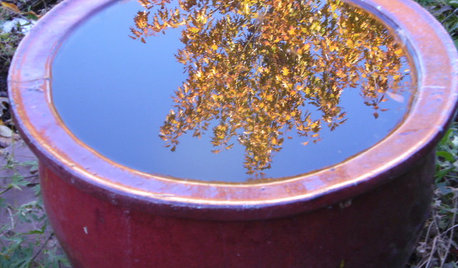
GARDENING GUIDESRocky Mountain Gardener's October Checklist
Winterize now to save money and headaches later, but don't forget to savor this month's magic in the garden
Full Story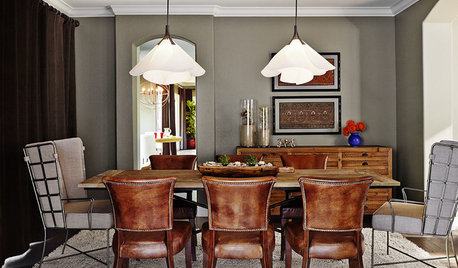
TRANSITIONAL HOMESHouzz Tour: New Homeowners Find Their Style
Homework assignments help reveal a couple’s tastes and lead to a home filled with textures and organic tones
Full Story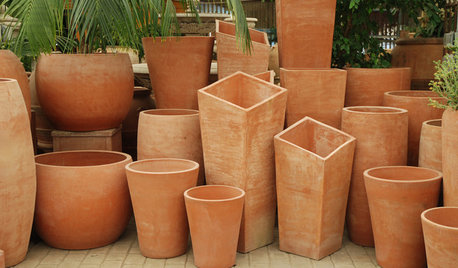
CONTAINER GARDENSBeat the Frost With Natural Terra-Cotta Containers
Here's how to protect your pots during the cold winter months
Full Story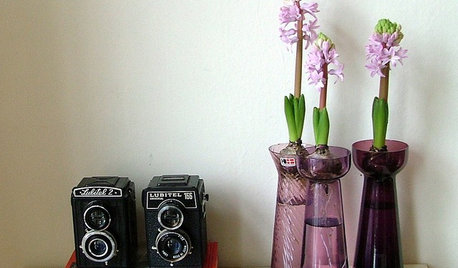
HOUSEPLANTSGet Spring-Like Hyacinth Blooms All Winter Long
Try one of these forcing methods for cheery, colorful flowers to brighten wintry days
Full Story







jodik_gw
tapla (mid-Michigan, USDA z5b-6a)
Related Professionals
Lemay Landscape Contractors · Lynchburg Landscape Contractors · St. Louis Landscape Contractors · Tacoma Landscape Contractors · Forest Hill Landscape Contractors · Chanhassen Solar Energy Systems · Seminole Window Contractors · White Center Window Contractors · Bellevue Fence Contractors · Charlotte Fence Contractors · Crowley Fence Contractors · Lauderhill Fence Contractors · Peoria Fence Contractors · Ponte Vedra Beach Fence Contractors · Tucson Fence ContractorsmilocrabOriginal Author
milocrabOriginal Author
tapla (mid-Michigan, USDA z5b-6a)
milocrabOriginal Author
tapla (mid-Michigan, USDA z5b-6a)